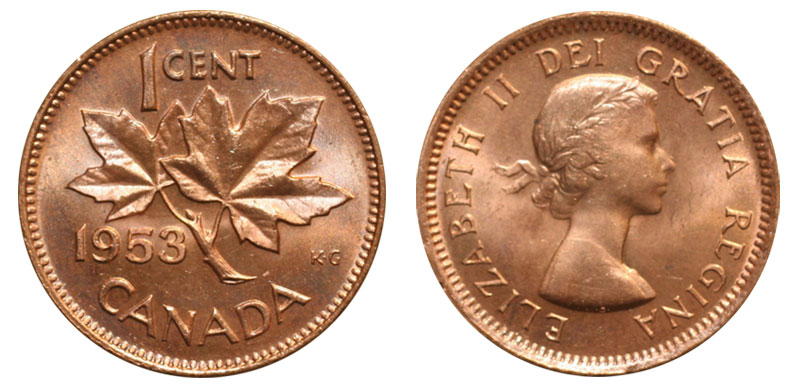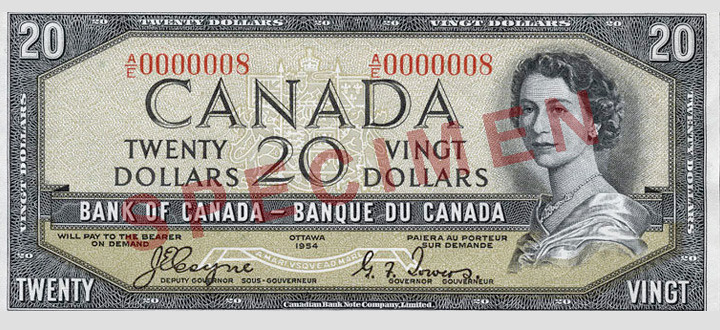To mark the 150th anniversary of the birth of Canada, after the enactment of the Canadian Constitution Act of 1867, I have prepared this article to celebrate one of the important turning points for Canadians to have experienced from not that long ago, only 65 years.
It was Winter of 1952, the radio broadcaster sent out shocking news to announce the death of King George VI. Canada as a nation shared a somber moment over the death of the King and welcomed the new Head of State, Queen Elizabeth II. The new monarch meant changes in various subjects, from Canadian coins and bills, to the title of Canadian politicians.
In the United Kingdom and its colonies, a Queen had not reigned since 1901 when Queen Victoria was in power. The reign of a Queen was big news around the world, marking the 2nd Queen to rule the British Empire. Queen Elizabeth II in 1952 was on a Commonwealth Trip representing her father to maintain stability within the Commonwealth and the colonies. The Commonwealth trip was, however, quickly cancelled, and saw the Queen returning back to the United Kingdom. A new Queen in Buckingham Palace meant a new era for the Canadians too. The Elizabethan Era.

After the coronation of the new monarch, Queen Elizabeth II, Canadian citizens witnessed changes on their bills, coins, and stamps. The Canadian coins changed from the original coins with the portrait of King George VI to a portrait of the young 27-year-old Queen Elizabeth II in 1953. The Canadian banknotes saw a change of the portrait, obviously, and the change in the position of the portrait of the monarch, from the center to the right side of the bill in 1954. The Canadian stamps also saw changes in the face of the monarch from King George VI to Queen Elizabeth II.


The anthem of the Commonwealth, “God Save the King/Queen” changed from “God Save the King” to “God Save the Queen.” Although it may seem that changing a few words in a song doesn’t seem like a major change, it is. The national anthem of a country and an organization is a song that represents the nation and is sung to represent the ideas and the history of it. So, the change in the word from “King” to “Queen” demonstrates the recording of history. It’s important to know that after 1953, the anthem was changed to “Queen” to represent the glorious reign of Queen Elizabeth II.
In the early 1950s, a new inexperienced monarch was set to represent the British Commonwealth and to keep global relations strong. Now, as we all know, the nation of Canada has never seen a monarch quite as capable as Queen Elizabeth II, uniting the nation under her representation. We may never see such a strong Queen for a long time, so why not appreciate it right now?
God Save the Queen!
